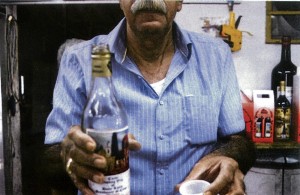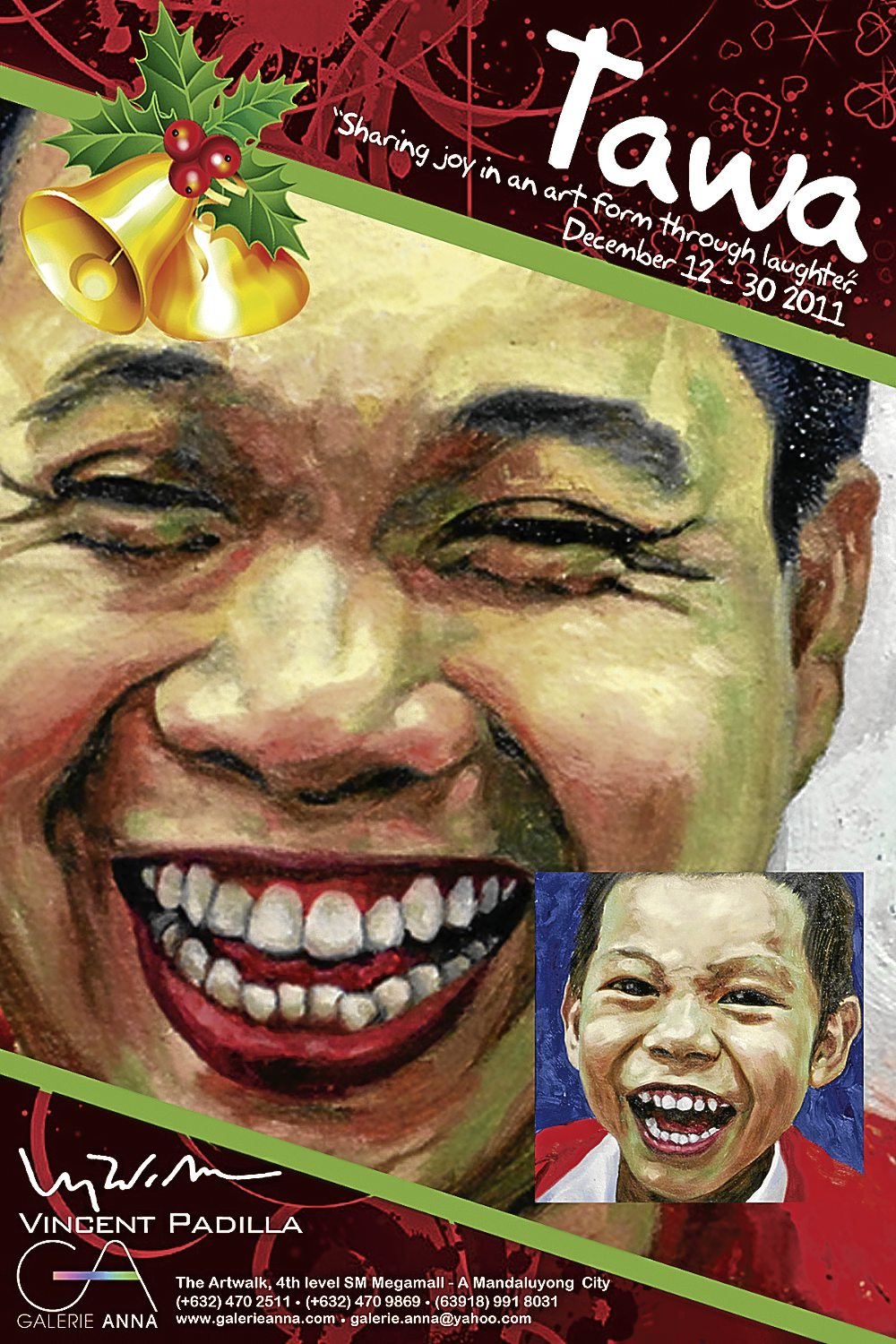 The recent Art Expo Malaysia 2011 boasted the participation of 65 exhibitors with 400 artists from 23 countries. Its total of 2,000 art pieces made up paintings and sculptures ranging from the traditional to the digital, from realism to contemporary.
The recent Art Expo Malaysia 2011 boasted the participation of 65 exhibitors with 400 artists from 23 countries. Its total of 2,000 art pieces made up paintings and sculptures ranging from the traditional to the digital, from realism to contemporary.
Art Expo is Malaysia’s best-known international art event. Galleries that participate can get an exhibition space in exchange for a donated artwork. This idea is the brainchild of Vincent Sim, the organizing chair whose initial goal was “to promote local art in the international platform.”
Starting in 2007, the annual event has grown, adding a new objective of “gathering artists, art galleries, art collectors, dealers and enthusiasts under one roof to create an art networking hub as well as promote Malaysian art on the international platform.”
Kuala Lumpur has changed so much in recent times. It has become a more vibrant place that the number of visitors to the country continues to grow yearly, with many visitors coming from the Middle East.
For this year’s expo, Malaysia, Singapore and Indonesia, being countries in close proximity, had the most to show. Their galleries had tie-ups with galleries from other countries such as Iran, Myanmar and Vietnam.
China had an undeniably strong presence in the event. The embassies of Cuba, Ecuador, Brazil and Switzerland featured their choice artists. In the section “Have A Heart,” local young artists with autism spectrum got a chance to show their talent.
Mainstream and novel
A Dali sculpture and a Picasso and Miró engravings served as teasers for the attraction.
Although commercial galleries tend to cater to mainstream taste, there was no lack of novelty, amusement and surprise this year: bunny-eared schoolgirl in a wonderland; costumed figures with buckets on their heads, by Taiwan’s JP Cheng; glossy sculpture of twin green dogs with red tongues; albino deer beneath a chandelier; red-haired boy in green and pink superhero costume holding a Malaysian and Indonesian flag; and a 10-fingered caricature in glossy white sculpture.
 The spiky, rock-inspired metalworks by Malaysia’s Raja Shariman reminded one of an HL Giger on a fine day. A black-and-white relief painting by Saenkon Charsrinual looked almost 3D from a distance.
The spiky, rock-inspired metalworks by Malaysia’s Raja Shariman reminded one of an HL Giger on a fine day. A black-and-white relief painting by Saenkon Charsrinual looked almost 3D from a distance.
There were intriguing surrealist paintings in the Kong Gallery of Indonesia.
One too accustomed to the light and color of Asia might find oneself drawn to the artworks from Latin America, Spain, maybe even Germany. A surprise was a painting in the expressionistic vein by well-known East Berlin filmmaker-turned-painter Strawalde (Jurgen Botcher).
Homely was the feeling one got when looking at the Japanese entries of Asian Artist Network. The artworks were comfortably medium-size, vivid and colorful, some with no color that suggested color, some figurative that suggested abstract and vice-versa.
It seemed the only realistic female nude could only be found in Gallerie Joaquin from the Philippines.
Special area
There was a special area for the Chinese academic paintings, nostalgic images of misty mountains and poets contemplating nature.
Those who found the Chinese brush and ink paintings too traditional for their taste might have enjoyed the exciting Chinese brush-and-ink works of Li Chi Mao and Pan Gongkai,  which were almost abstract expressionist. One could not also miss the big painting of the popular laughing figures by Yu Minjun.
which were almost abstract expressionist. One could not also miss the big painting of the popular laughing figures by Yu Minjun.
The art from Iran reflected the influence of traditional motifs, calligraphy, as well as Persian miniature paintings.
It’s hard to escape the thought of how high-resolution photography and digital effects can affect one’s view of artworks that rely heavily on hyperrealism and visual-manipulation and effects. What can one think of this: an enlarged printout of a pixelated photo as an artwork?
The event offered an opportunity for an overview of the region’s talents, art trends and taste.












































